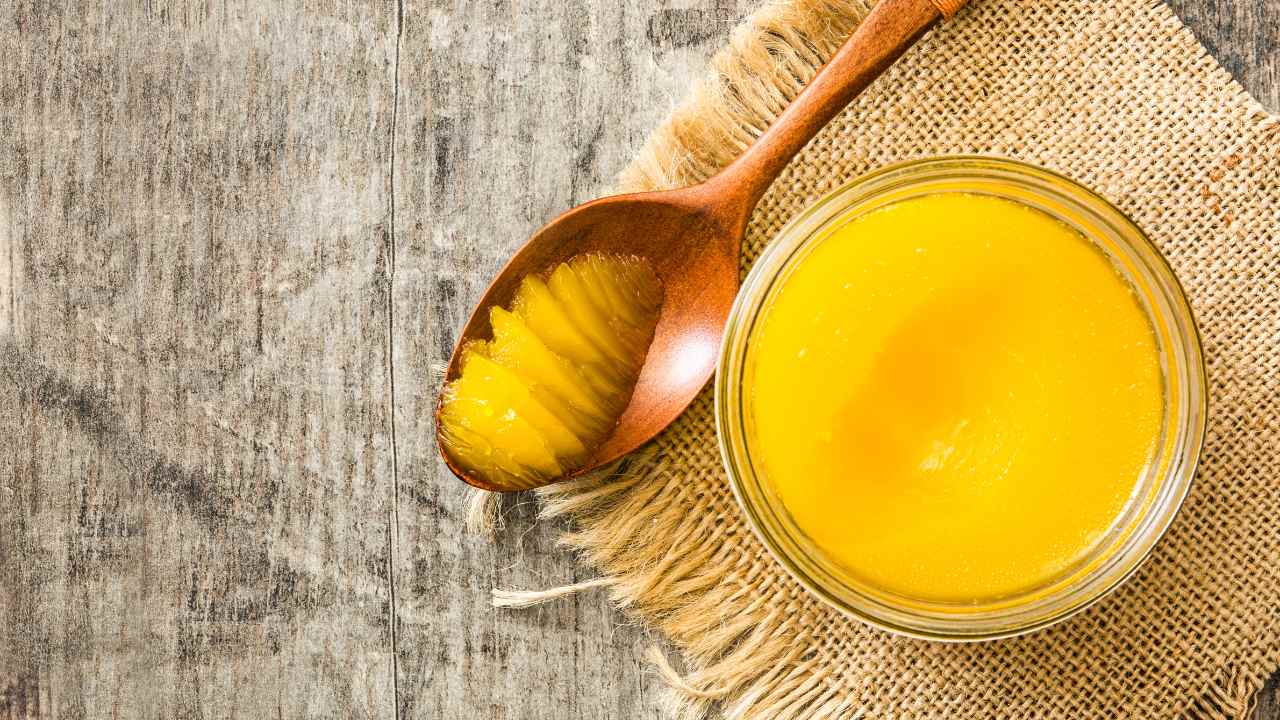Health
The Dynamics of Cow Ghee Prices: A Comprehensive Overview

Navigating the world of cow ghee prices requires an understanding of the multifaceted factors that contribute to its fluctuation. From production methods to global market influences, this guide aims to shed light on why the price of this culinary gem varies.
Unveiling the Production Process
The journey from milk to cow ghee involves intricate steps, each influencing the final product’s flavor and quality. Traditional methods, such as slow simmering, and modern techniques, like mechanical separation, impact production costs, subsequently influencing the market price.
Evaluating Nutritional Significance
Cow ghee isn’t just a culinary delight; it boasts a rich nutritional profile. Packed with essential vitamins and medium-chain fatty acids, its nutritional value adds to its perceived worth and, consequently, its market price.
Market Forces: Supply, Demand, and Quality Standards
The foundational forces of supply and demand play a pivotal role in setting cow ghee prices. Fluctuations in these market dynamics, coupled with adherence to quality standards, create a delicate balance that determines the overall cost for consumers.
Global Variances: The Tapestry of Regional Influences
Cow ghee prices aren’t uniform globally. Local production costs, trade regulations, and cultural preferences weave a tapestry of regional influences that contribute to varying prices. Understanding these regional nuances provides a comprehensive view of the pricing landscape.
Ethical Choices and Their Impact on Pricing
The surge in ethical consumerism has extended its influence to the world of cow ghee. Brands adopting sustainable and ethical practices may reflect these efforts in their pricing. This introduces a choice for consumers between supporting responsible practices and managing their budget.
Branding Strategies and Consumer Perceptions
Brands employ various pricing strategies, ranging from premium to budget-friendly. Understanding the positioning of different brands and how consumers perceive them plays a crucial role in shaping market dynamics.
Economic Factors and Exchange Rates
The stability of cow ghee prices is susceptible to economic factors. Inflation, economic stability, and currency exchange rates quietly influence production costs, which are often transferred to consumers, impacting the final market price.
Consumer Preferences and Willingness to Pay
At the core of pricing lies consumer preference. Brand reputation, perceived quality, and the willingness of consumers to pay a premium for specific attributes contribute to the intricate dance of pricing strategies.
Future Trends: A Glimpse Into What Lies Ahead
As markets evolve, so do cow ghee prices. Innovations in production methods and the emergence of new markets promise to influence future pricing trends. Keeping an eye on these trends serves as a compass for both consumers and industry players.
Conclusion: Navigating the Pricing Landscape
In conclusion, the price of cow ghee is a symphony of factors, each playing a unique note in shaping the final melody. Consumers armed with knowledge can navigate this complex symphony, balancing their preferences, values, and budget to make choices aligned with their culinary and ethical inclinations.
FAQs About Cow Ghee Prices
- Q: Why is cow ghee more expensive than regular butter?
- A: The production process, nutritional density, and cultural significance contribute to the higher price of cow ghee compared to regular butter.
- Q: Are there budget-friendly options for quality cow ghee?
- A: Yes, exploring different brands and their production practices can reveal quality cow ghee options at varying price points.
- Q: How do ethical practices impact the pricing of cow ghee?
- A: Brands investing in ethical practices may have slightly higher prices, reflecting the commitment to sustainability and responsible sourcing.
- Q: Does cow ghee have a long shelf life, justifying its price?
- A: Yes, the stability of cow ghee allows for a longer shelf life, contributing to its value for money.
- Q: Can fluctuations in exchange rates impact the cost of imported cow ghee?
- A: Yes, changes in currency exchange rates can influence the cost of imported cow ghee, affecting its pricing in the local market
-

 Food and drink7 months ago
Food and drink7 months ago5 Dinners 1 Hour Recipes: Delicious and Easy Meals for Busy Weeknights
-
Home decor7 months ago
Maximize Your Style: Budget-Friendly Tips for Creating a Stunning Maximalist Home Decor
-

 Business6 months ago
Business6 months agoThe Ultimate Guide to Starting a Business in 2023
-

 Health6 months ago
Health6 months agoSelf-Care for the Super Busy: 5 Easy Ways to Prioritize Your Well-being
-

 Home decor4 months ago
Home decor4 months agoAsphalt Shingles: The Unsung Heroes of Roofing
-

 Home decor4 months ago
Home decor4 months ago5 Common Attic Ventilation Mistakes (and How to Avoid Them)
-

 Home decor4 months ago
Home decor4 months ago10 Hygge Decor Ideas to Create a Warm and Inviting Home
-

 Home decor4 months ago
Home decor4 months agoLas Vegas Sun? No Problem! Conquer the Heat with LV Tint Window Tinting




